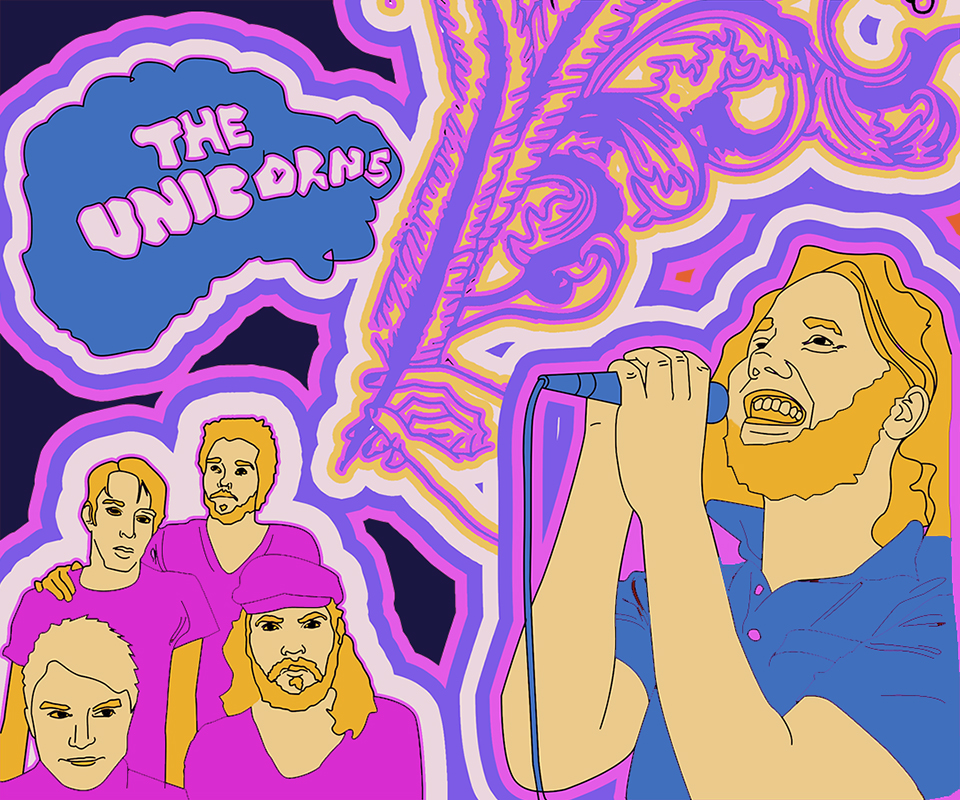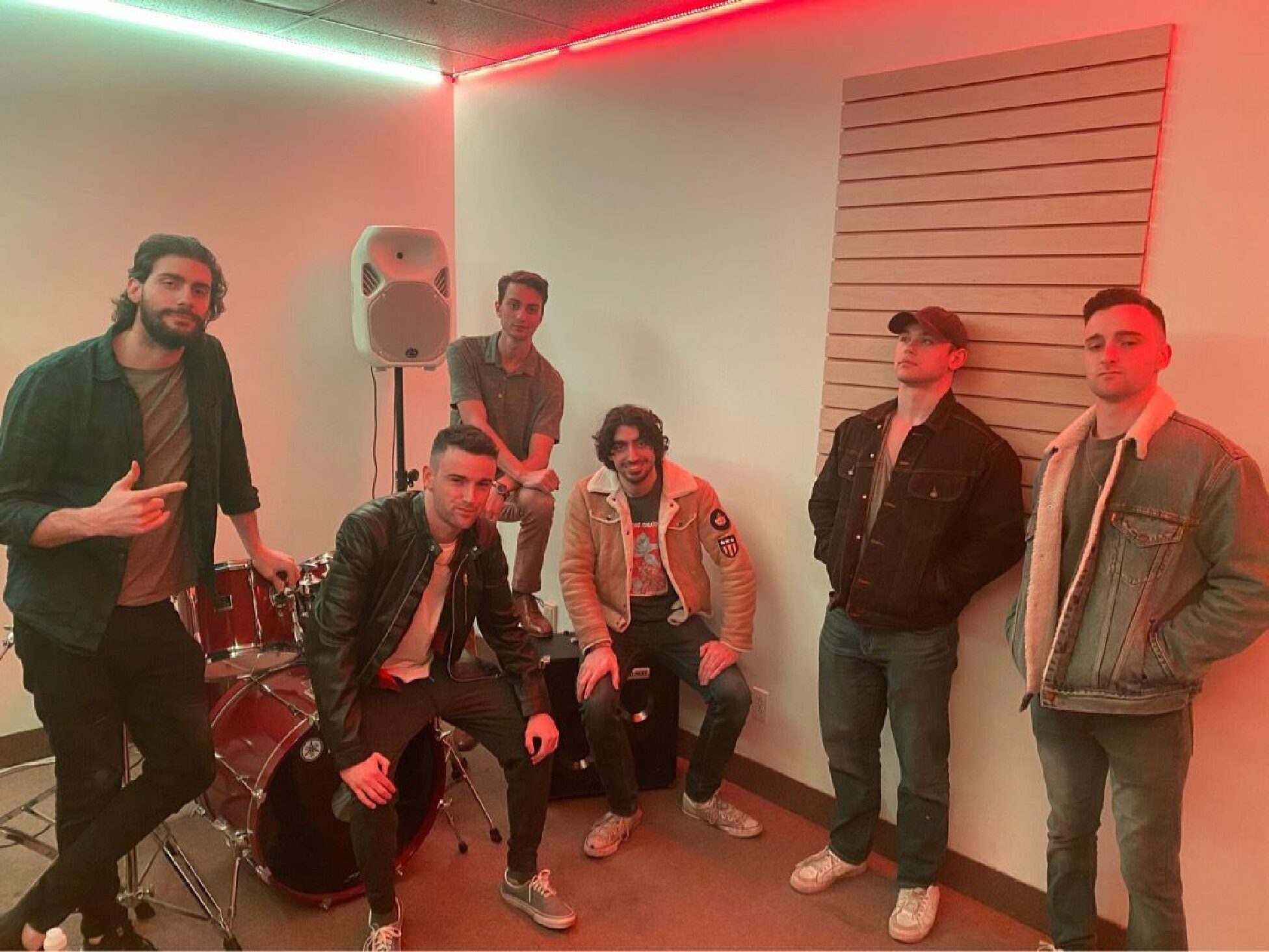A short history of the Montreal scene that birthed iconic indie rock bands
By the early 2000s, mainstream rock music had become mired in a post-grunge funk, bloated with nu-metal faux angst and drop D tunings. Picking up a copy of Spin in the year 2000, you’d likely see Papa Roach or Creed on the cover. Or Eminem. Canada had the Tea Party and Our Lady Peace.
Young people were looking for something dynamic and eclectic, something that stood out against this stodgy musical landscape. Scenes emerging in places like Manhattan’s Lower East Side, Brooklyn’s Williamsburg and Montreal’s Mile End would eventually oblige this apetite, and the early 2000s indie rock boom would begin.
This period was the first time Canadian acts en masse were at the cutting edge of a musical movement. Not only were they taken seriously as artistic contenders, but they were setting the parameters by which other bands would have to play.
They brought xylophones and accordions, they brought 11-piece bands, they combined lo-fi garage rock with whimsical keyboards—they were moody, grandiose and endearingly chaotic. They were rockstars but were low-key about it; they liked to party but wanted to make sure everyone was having a good time.
Broken Social Scene’s Kevin Drew embodied that low-key good spiritedness. Drew was a sad-guy indie rocker, cast in a similar die as those who came before him. The only difference was Broken Social Scene wanted to make music that was loud and bombastic, rather than quiet and shuffling. It’s something they shared with a lot of bands from the early 2000s indie wave: a desire to re-emphasize the drums and bass.
Yet, Canadian indie bands always seem a bit more colourful and joyous. While the Strokes were all dimly-lit dive bars and cigarette smoke, Broken Social Scene seemed to be channeling the clattering beauty of a thriving metropolis like Toronto.
With 11 members, Broken Social Scene combined horns, strings, shimmering layers of textured guitars, a strong rhythm section and a trio of excellent singers, including Feist, to create loud and exuberant pop-inflected rock songs. The band would do more to define indie rock’s grandiosity and looseness than most others. When Pitchfork gave their album You Forgot It in People a 9.2 review in 2003, the world suddenly became interested in Canadian indie rock.
Around this time, Arcade Fire was about a year old. By the spring of 2003, they had recorded an EP and broken up on stage at a notorious release party at Casa del Popolo. Win Butler brought in his brother, William, to hold the band together as they toured in support of the EP.
The new line-up became extremely tight as a live band. A brash live show got them a record contract with Merge. Their 2004 debut, Funeral, was indie rock filled out with traditional instruments such as the accordion, horns and strings, featuring intricate arrangements around post-punk rhythms. The vocals were wounded; the music was cathartic and urgent. For the first time in a long time, disaffected youth had music that encouraged them to get off their ass and do something.
Upon release, Pitchfork gave the album a stupidly-glowing review, and the rest was history. A year later, they were performing one of their biggest singles, “Wake Up,” with David Bowie live on British television, which U2 used as their entrance music on the Vertigo tour.
That pretty much blew the Montreal music scene wide open. David Carr, the New York Times media critic, wrote an article about it in February 2005. Some of the bands he mentioned were very important in the early Montreal scene but never quite achieved breakthrough success: the brooding-pop of the Dears, the cool electro of Chromeo, and the madcap indie-pop of the Unicorns.
The Unicorns had actually broken up in late 2004, but were a creative dynamo in the beginning of the Mile End scene. Prior to the release of their debut album, the biggest thing Arcade Fire had done was open for the Unicorns on an American tour.
Sporting pins tuxedos at most of their shows, the Unicorns were just one of those bands too brilliant and unhinged to last very long. Using tinny beats and lo-fi recording techniques with wobbly keyboards and fuzzy guitar to make child-like pop songs, their sound won over many critics. Their 2004 album, Who Will Cut Our Hair When We’re Gone?, is a true gem of the era.
The next big Montreal band to emerge, Wolf Parade, was a group of west coast transplants (as were the Unicorns). What makes Wolf Parade a quintessentially Montreal band, though, is that its members landed in the city seeking a creative safe haven. A mixture of economics and artistic vibrancy made Montreal an ideal training ground for developing bands.
Guitarist Dan Boeckner’s old west coast band, Atlas Strategic, had already garnered attention from the label Sub Pop after touring with Modest Mouse. So, when Wolf Parade started performing, they were quickly offered a record contract and their debut, Apologies to the Queen Mary, came out in 2005.
In many ways, that album captured all the sounds of the Montreal scene at once: yelping vocals and vulnerable lyrics, baroque, poppy keyboards, guitars that swaggered with Springsteen-esque wistfulness, a steamroller rhythm section. Pre-release hype for the album was substantial. Broken Social Scene released their self-titled follow-up to You Forgot It in People the same year, and Canadian indie reached its maturation point.




